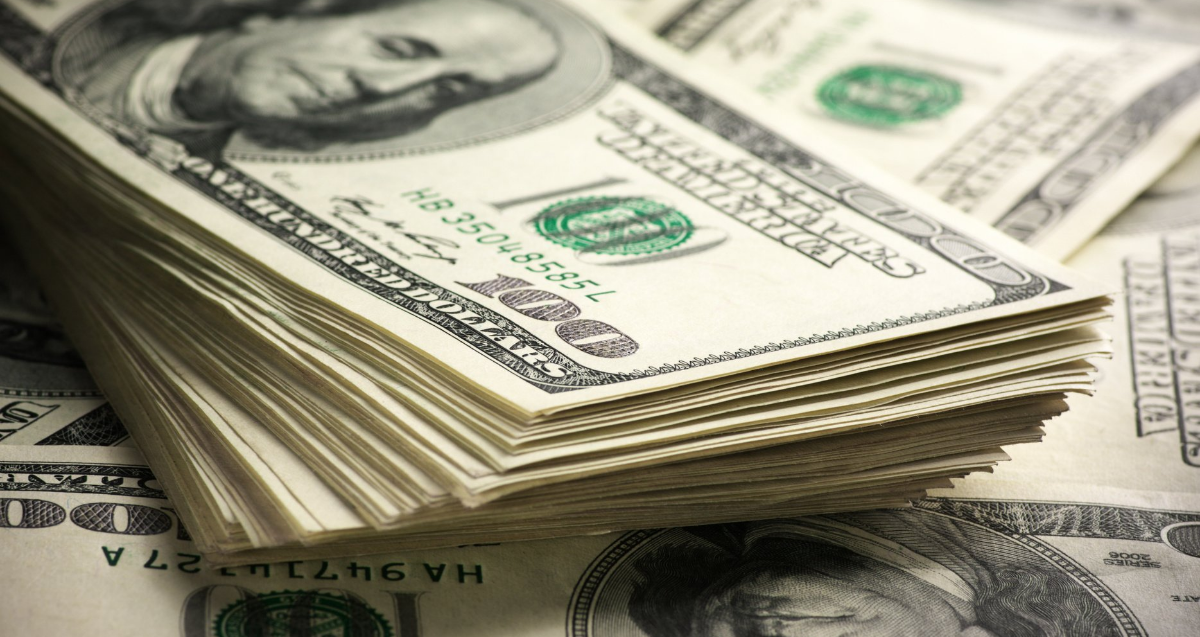US dollar soars on Federal Reserve’s hawkish turn
( 3 min. )
- Go back to blog home
- Latest
The Federal Reserve last week made it clear that it sees the US economy at full employment, that inflation is the biggest problem it faces, and that its priority is now to bring it down.
This week, central banks remain in the spotlight. The ECB and the Bank of England both meet on Thursday. The latter is expected to hike rates again to 0.5%, while markets will be looking for any hints of a shift in Lagarde’s so far dovish rhetoric, and any backtracking on the promise not to hike rates until 2023. Eurozone January inflation on Wednesday and the US payroll report on Friday will round up a very busy week.

GBP
Sterling held off pretty well against the dollar onslaught last week, as it continues to be supported by its own relatively hawkish central bank. Markets are already expecting a full 1% worth of rate increases this year, and we expect to see the first instalment at the Bank of England meeting on Thursday, in the form of a 25 basis point increase in rates. The key to the sterling reaction may, however, lie in the bank’s communications on future policy moves.
There will also be some focus on the fallout from the allegations Boris Johnson’s government broke its own COVID rules, but we still expect that even a potential replacement of the PM will have little impact in FX markets.
EUR
The ECB remains the lone dovish dissenter among the major central banks. This position will be tested again at its meeting on Thursday, where traders will be scrutinising President Lagarde’s comments for any hints that the relentless rise in Eurozone inflation is bringing about a change in view.
The meeting will be preceded by the January Flash inflation release for January, where we expect to see a modest pullback of inflation levels, as a VAT increase in Germany back in 2020 rolls off the annual comparisons. That being said, the upward trend looks likely to remain intact, and the numbers will still be far above the ECB’s own projections.
USD
The Federal Reserve laid out a clear case for fairly aggressive monetary tightening last week: an economy at full employment, strong demand, and ripping inflationary pressures. More importantly, it opened the door to even more aggressive hiking cycle than the market is currently pricing in, should incoming data warrant it. Powell suggested that every meeting during the remainder of the year was a ‘live’ one, opening the door to more than four interest rate increases in 2022. Fed hawkishness, and last week’s stronger-than-expected US growth data, sent EUR/USD to its lowest level since June 2020.
This week, attention will be focused on the January payrolls report, but we would tend to discount the data. Omicron-related disruptions may result in a deceptively weak number, and we think both markets and the Fed will look past the number and wait for the post-omicron data in February.
To stay up to date with our publications, please choose one of the below:
📩 Click here to receive the latest market updates
👉 Our LinkedIn page for the latest news
✍️ Our Blog page for other FX market reports
